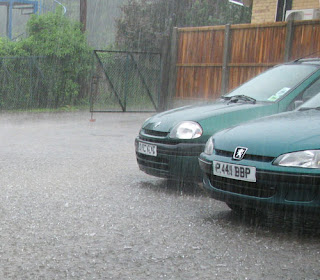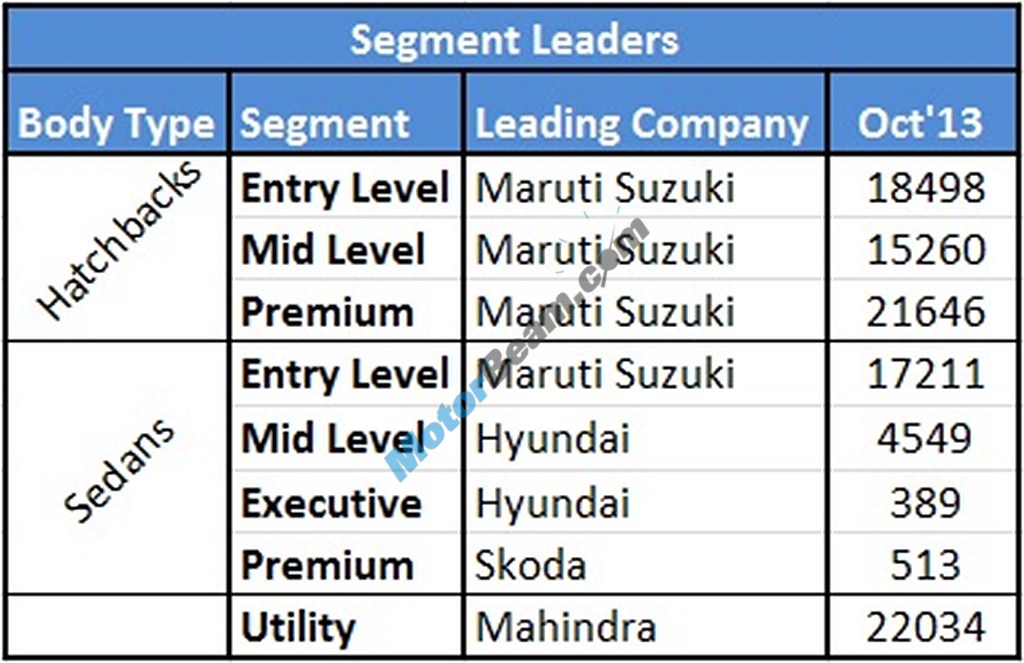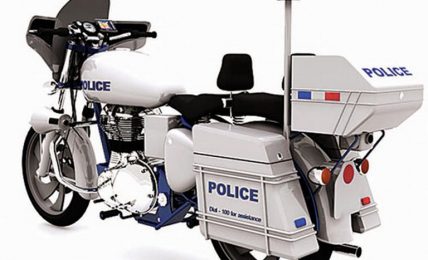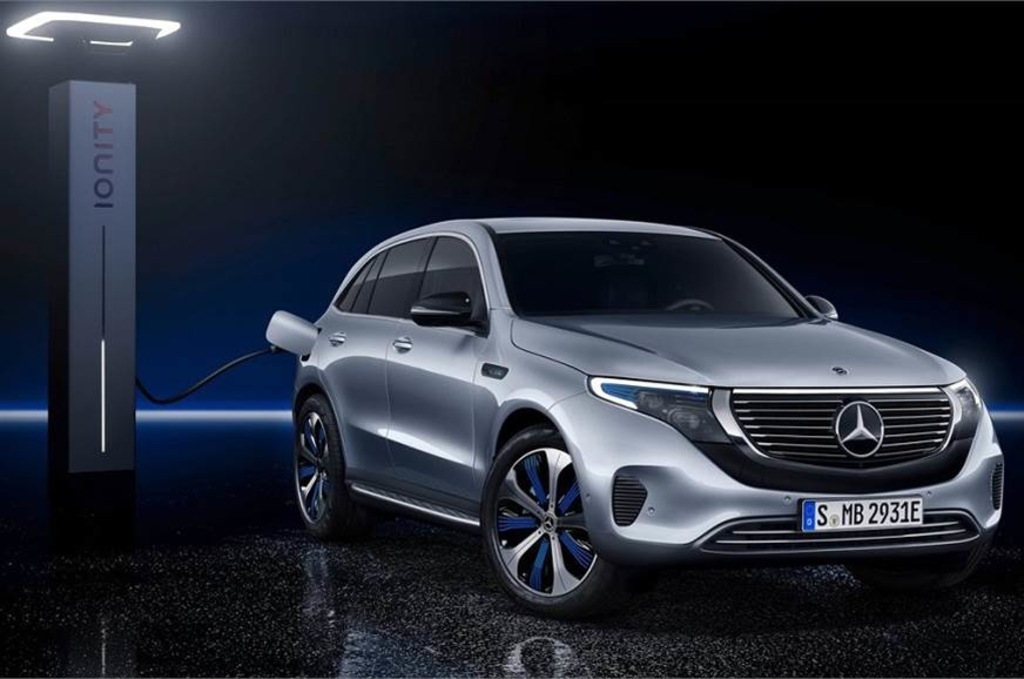The rainy days are finally here and for all those Mumbaikars who are fretting about what this monsoon would bring them and their cars- here are some handy tips that will help you whiz past this season in safety and style.
Your car
Ready to take on the lashing rains. Let’s start with pre–monsoon servicing. Checking simple things like tyres, brakes, wipers and lights will ensure that your car doesn’t fail you when the road conditions are harsh. Here is what you have to pay attention to:
– Check the tyre conditions (the tread grooves should be of min 1.5mm to 2mm in all the tires. Look for sidewall cuts in tires, if so, replace them immediately).
– Check the brake liners. Ensure proper functioning of the break system.
– Check Brake oil
– Replace old or brittle wipers.
– Ensure both the wipers; signal light and tail lamp are in working condition
Driving on city roads
No matter how well your vehicle is serviced, nothing substitutes your being alert and careful on the road. Here are some tips on how you can customize your driving skills for this monsoon:
Before the start of the trip – Wet-weather driving demands gentle use of all the main controls – steering, clutch, brake and accelerator – and a larger allowance for errors and emergencies. When you begin a journey in rain, your shoes or Feet will be wet and liable to slip off the pedals, drive with dried shoes or feet. All drivers should regularly check that their headlights, taillights, brake lights and turn signals are working properly. Carry emergency equipment. Things like a flashlight, spanner or ropes may not be required but it may come in handy during any eventuality
First and foremost: slow down! It takes longer to stop or adjust in wet weather. The speed limit during the rains should be 20 kms/ Hour to 25 km/Hour.
Expressway driving – Leave lots of space between you and the vehicle in front because it takes longer to stop. You’re supposed to leave a few seconds between vehicles in dry weather. Make sure you add space in wet weather because if you have to hit the brakes hard, your tires will lock up, you will hydroplane and you will most likely hit the vehicle in front of you. If available, drive in the fast lane, where there are fewer vehicles and less oil deposited on the road. Also, because of the built-in slope of the road, water drains towards the slower lanes. Avoid lane changes, as water tends to build up between the tire ruts in the lanes.
Keep safe distance from the vehicle ahead, the distance should be double during the monsoon season than during the normal season, failing which you will not be able to get adequate braking distance in case the front vehicle suddenly stops. Keep Safe Distance (Count 2001, 2002, 2003 and more and you should not have crossed the point crossed by the vehicle in front when you started counting).
Turn on your lights on even in a light rain, or in gloomy, foggy or overcast conditions. Not only do they help you see the road, but also they’ll help other drivers see you. If your vehicle has daytime running lights you still should put them on, so vehicles behind you can see you better.
Drive in the tracks of a vehicle ahead of you. That way you will get a picture of what lies ahead of you well in advance
Watch out for brake lights in front of you.
Now for some Don’ts…Here are some things you should absolutely not do on rain drenched roads.
Do not suddenly brake while driving in the rain, instead control the speed with the accelerator, pump the brake peddle and apply the brake slowly, as sudden braking may result in skidding or overturning of the vehicle.
Do not suddenly swing the vehicle while driving in the rain which can result in the vehicle skidding or rolling over.
Avoid driving in the rain during darkness. Never drive beyond the limits of visibility. At night, rainy roads become especially treacherous. The glare of oncoming lights, amplified by the rain on your windscreen, can cause temporary loss of visibility while substantially increasing driver fatigue. In rainy conditions pedestrians, livestock, and two wheelers are extremely hard to spot and even harder to avoid.
Don’t drive in heavy rain – When visibility is so limited that the edges of the road or other vehicles cannot be seen at a safe distance, it is time to pull over and wait for the rain to ease up. It is best to stop at rest areas or other protected areas. If the roadside is your only option, pull off as far as possible, and wait until the rain slows. Keep your headlights on and turn on emergency flashers to alert other drivers.
Never drive through moving water if you can’t see the ground through it; your vehicle could be swept off the road.
Avoid off-road driving it’s hard to judge the actual depth of puddles and you can easily become stuck.
During thunderstorm avoid contact with metal or conducting surfaces outside and inside the vehicle. Lightning that strikes nearby can travel through wet ground to your car.
Watch Out
Wet roads pose problems of their own. Being alert will help you identify potential hazards.
Oil deposits – Watch for intersections because of the oil spots in the road. Rain is most dangerous when it falls after a long, dry spell on to roads that have become polished and smooth: the rain blends with oil and rubber-dust deposits on the road surface to form a highly dangerous skid mixture. That mixture builds up at intersections, where vehicles stop and start frequently. Be extra careful immediately after it starts raining because it takes a while for the worst of the dirt and oil to get washed off the road.
Check your brakes – If you successfully pass through a deep-water hazard, test your brakes. They may be saturated, and only driving very slowly and braking lightly at the same time will generate enough heat to dry them out. Be sure they are pulling evenly on all wheels before building up speed again.
Driving skill
Specific conditions on the road will demand fine tuning of your driving both for safety as well as comfort.
Manage speed: Traction is the tyre’s grip on the road. Decreased traction leads to increased stopping distance so appropriately adjust your speed for decreased traction.
Visibility: Adjust your speed to stop within your seeing distance according to the visibility conditions.
Traffic conditions: Maintain safe space cushion all around your vehicle.
Road characteristics: Shape affects traction and visibility; adjust speed for curves and hills
Skids
Skids are one of the most common causes for accidents and casualties during the monsoons. Here is what you must do if you ever happen to skid on the road.
Handling a skid – You can prevent skids by driving slowly and carefully, especially on curves. Brake before entering the curves. Steer and brake with a light touch. If you find yourself in a skid, remain calm, ease your foot off the gas, and carefully steer in the direction you want the front of the vehicle to go. This procedure, known as “steering into the skid,” will bring the back end of your vehicle in line with the front. For vehicles without anti-lock brakes, avoid using your brakes. To avoid hydroplaning – which occurs when the water in front of your tires builds up faster than your car’s weight, can push it out of the way — do not brake or turn suddenly. This could throw the vehicle into a skid. Ease your foot off the gas until the car slows and you can feel the road again.
Front end skids: Release the brake and let the front wheels roll freely to regain traction and steering control.
Rear end skids: Take foot off of accelerator and turn wheels in the direction that the rear of the vehicle is skidding, and pump brakes slightly. Source – Castrol.





